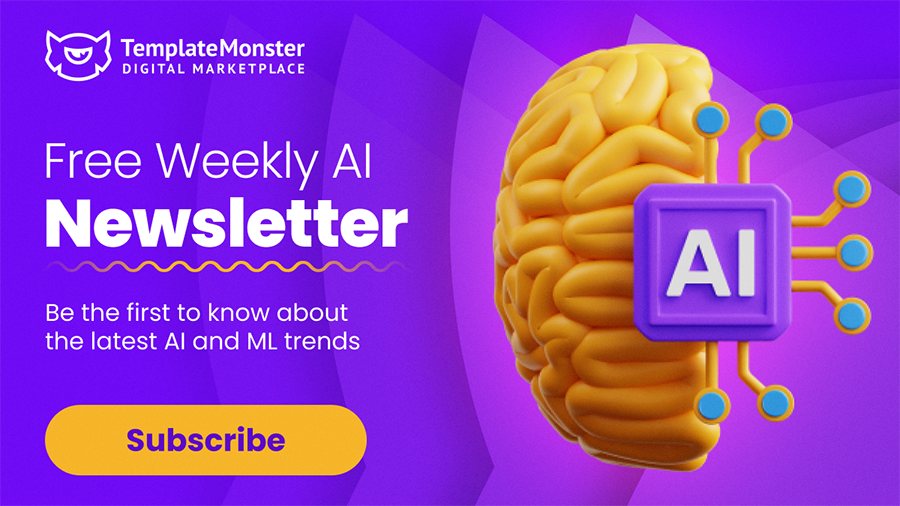Valuing Your Employees Through Ernest Engagement and Knowledge Sharing Support
When the ideal candidate accepts your job offer, you breathe a sigh of relief for hiring the perfect employee to tackle mission-critical assignments. Fast forward eight months and your favorite fair-haired staffer has absconded—leaving you to pick up the proverbial pieces and start the hiring process anew.

So what went wrong? Perhaps your AWOL employee bailed due to paltry pay, daunting job duties, uncouth coworkers, or simply because the position was uninspiring. Whatever the reason, replacing this newly trained employee will cost you time, money, and frustration as you re-enter the recruiting ring to pin your next prospect.
Attracting qualified workers is only the beginning of building a productive employee base. Retaining them can be the bigger challenge, particularly during periods of low unemployment when job options are abundant and competitive pay and perks are plentiful. However, work-life quality is a strong influencer for employee retention and attrition. And interestingly, there are many compelling factors (aside from financial reward) that impact employee job satisfaction, with work-life quality topping the list.
Work-life quality encompasses many converging aspects such as autonomy, mobility, purpose, fairness, security, flexibility, and individual power. Opportunities for professional development, openness to participate in management decisions, and equity in workload distribution are specific examples of work-life dynamics affecting most employees, regardless of profession.
Making your employees feel valued, motivated, challenged, and respected encourages them to reciprocate in ways that build your business - simultaneously improving their quality of work life. In a supportive environment, employees create connections and community through collaborative knowledge sharing, which ultimately defines your business culture and positively impacts your bottom line.
Engage employees for long-term retention using internal knowledge base software.
One main strategy for retaining employees involves engaging them in challenges that promote higher levels of professional growth. Internal knowledge base software is an effective tool for facilitating employee engagement. A well-implemented company knowledge base is an ideal platform for storing, managing, disseminating, and collaborating on information through a variety of mediums, including text documents, video, audio, and other multimedia formats.
Workplaces that embrace collaboration encourage teams to share ideas, unleash creativity, and leverage skill sets for the benefit of reaching common goals. A knowledge base lends itself to this type of employee collaboration, where each member’s contribution is a potential educational element that strengthens the company as a whole.
Content contributors in diverse roles provide comprehensive coverage on a myriad of topics. By aggregating information generated by everyone, from business owners to mail clerks, all employees have degree expertise, insights, and experiences that offer potential learning opportunities to other representatives or affiliates of your company (e.g., managers, employees, vendors, and customers).
To cultivate shared knowledge, employees must feel free to authentically express their thoughts, ideas, and experiences.
While an employee handbook conveys the do’s and don’ts of workplace etiquette and protocol, only a company culture that values knowledge sharing can fully appreciate the intelligent and creative capital of its employees. Capturing, optimizing, and disseminating information emanating from employees’ knowledge, ideas, and experiences gives workers the advantage of learning from and contributing to the growth and development of each worker involved.
Additionally, cultivating a sense of belonging in the workplace is a healthy employee endeavor, which often merges professional and social lines. Employees who learn and grow from each other tend to have more meaningful interactions and more productive outcomes. LinkedIn blogger, Maxwell Huppert elaborates on the need for belonging in the workplace: “Belonging is what allows employees to feel like they can be their authentic selves without fear of different treatment or punishment—and it has a major impact on performance and retention.”
Huppert further asserts, “Belonging is the crucial piece of the puzzle, leading to psychological safety and employee engagement. Supportive environments even trigger different responses in the brain, leading to better collaboration and problem-solving.”
Knowledge is only valuable when it is shared.
Information tucked away in filing cabinets, hard drives, manuals, employee handbooks, publications (and the deep recesses of employees’ minds) cannot be readily transformed into knowledge. The fragmented and inefficient means for storing and disseminating dispersed sources of information makes it difficult to manage. The information must be relevant, current, comprehensive, standardized, and optimized to bring value to those who seek it.
In essence, encouraging employees to share their knowledge freely creates an infinite loop of ideas, creative input, and exploitable experiences that move your company forward—-which, according to some experts, is what gives knowledge its value in the first place.
Author Euan Semple adds to the conversation in his book Organizations Don’t Tweet, People Do note that knowledge “has to be moving to be valuable.” He goes on to describe how shared information is transformed into knowledge as ideas and thoughts are challenged, refined, and expanded upon by the collective workplace community.
In practical terms, the ability to access information from an interactive knowledge base can empower your employees with an ever-evolving knowledge source. Such a platform helps employees improve personal performance and collaborative interactions.
These three strategies will improve employee engagement, performance, and productivity.
As stated earlier, effectively engaging employees pays dividends in areas like work-life quality and retention, which benefits your business through direct and indirect cost savings and revenue generation. Forced conformity to rigid company codes stifles authentic self-expression.
Ultimately, appreciating workers’ individuality is an effective tool for engagement. By embracing their unique qualities and personal identity, you engage them on a more productive, personal, and meaningful level. Inc. magazine describes findings by prominent researchers Daniel Cable of the London Business School, Brad Staats of UNC, and Francesca Gino of Harvard University that supports this premise.
More specifically, here are three insightful ways you can better engage your employees to maximize their productivity, passion, and potential:
- Foster an open and honest work environment, so employees feel free to be who they are and share what they know.
- Recognize employees for their uniqueness, contributions, and accomplishments.
- Challenge and inspire employees to share knowledge by building a culture of open communication and collaboration.
The main objective is to honor your employee’s individuality while leveraging it in a knowledge culture that engages them to share, learn, and grow. By doing so, you will attract and retain high-quality workers who are loyal to your business and committed to your goals.
Lionel Valdellon, content marketing manager for Wrike, states, “Collaboration gives your firm a competitive advantage when attracting top talent. Highly motivated job prospects want to be able to work under people they respect and whom they feel they can learn from.” He goes on to rhetorically question: “What's the great thing about better employee engagement? Happier, more fulfilled workers. Why would they leave if their work is fulfilling, if the people they work with are all generous team players and if they're getting the recognition they crave?”
Nurture your employees to greatness and they will reciprocate your actions many times over.
Although inept management, undue job stress, and organizational politics contribute heavily to workplace toxicity and employee dissatisfaction, brooding factors like boredom, stagnation, and apathy can quietly erode work-life quality, leaving employees feeling unmotivated and unfulfilled. However, choosing to cultivate and reward workers for the highest and best use of their talent is key to nurturing job satisfaction. Thus, celebrating the unique attributes of your employees evokes higher levels of passion, pride, and overall job satisfaction.
Additionally, inspiring your employees to share input and receive feedback through the use of internal knowledge base software improves collaboration, which solidifies their sense of belonging. Lionel Valdellon sums it up best: “Widespread collaboration leads to fully engaged workers eager to take on new projects, and who embrace change not as another burden but as a challenge that will take them to the next level.”
Read Also
Best Website Templates to Create a Personal Resume/CV Site
The Pros and Cons of Remote Work
Get more to your email
Subscribe to our newsletter and access exclusive content and offers available only to MonsterPost subscribers.


Leave a Reply
You must be logged in to post a comment.